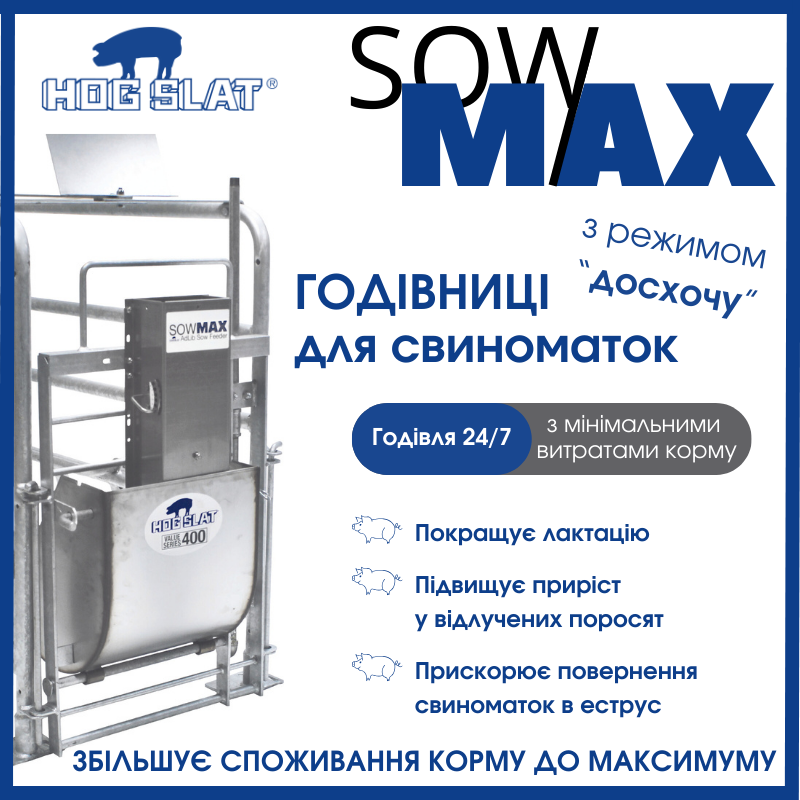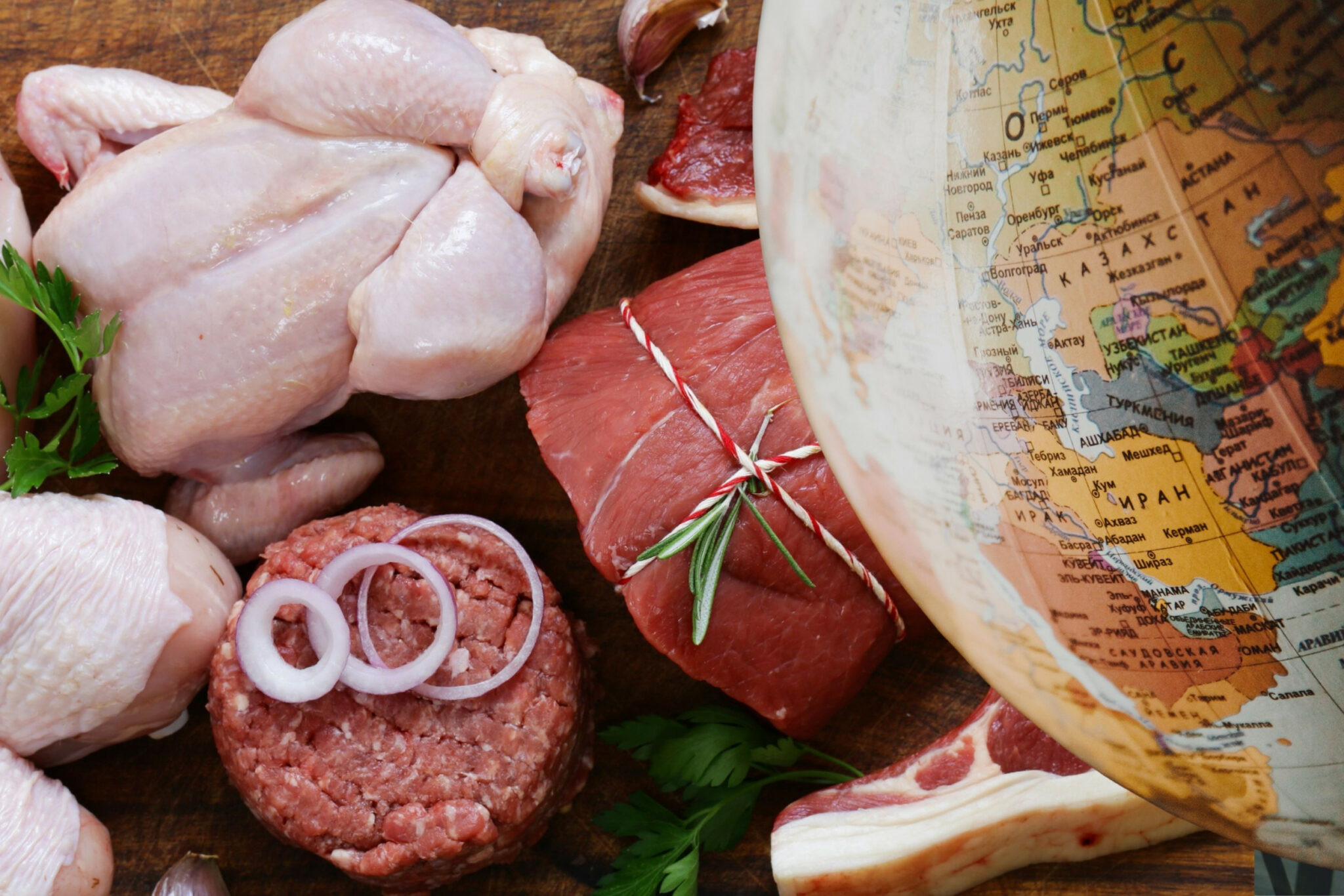The main driver of this growth in consumption is rising prosperity in developing countries. However, the highest demand for meat, fish, and dairy products will remain in high-income nations. In contrast, consumption levels will stay low in the world’s poorest regions.
Overall, global consumption of animal products is expected to rise by 13%, with most of the growth occurring in middle-income countries where both population size and purchasing power are increasing rapidly.
Another notable trend is the growing volume of international food trade. Analysts estimate that within 10 years, 22% of all calories consumed globally will be imported. As food production increasingly takes place far from where it is consumed, the need for efficient international cooperation becomes more urgent.
Production growth will be supported in part by increased productivity per animal and per hectare of agricultural land. The use of advanced technologies, investments, and more intensive application of fertilizers and feed additives will play a key role, especially in middle-income countries. In Africa and South Asia, however, expansion of agricultural land is expected due to limited access to modern technologies.
Greenhouse gas emissions from primary agriculture are forecast to rise by 6%, which is lower than the projected growth in production. This indicates a reduction in emissions per unit of output. Experts estimate that applying currently available low-carbon technologies could simultaneously boost productivity by 15% and reduce emissions by 7%.
Source: PigUA.info based on materials from pigprogress.net



